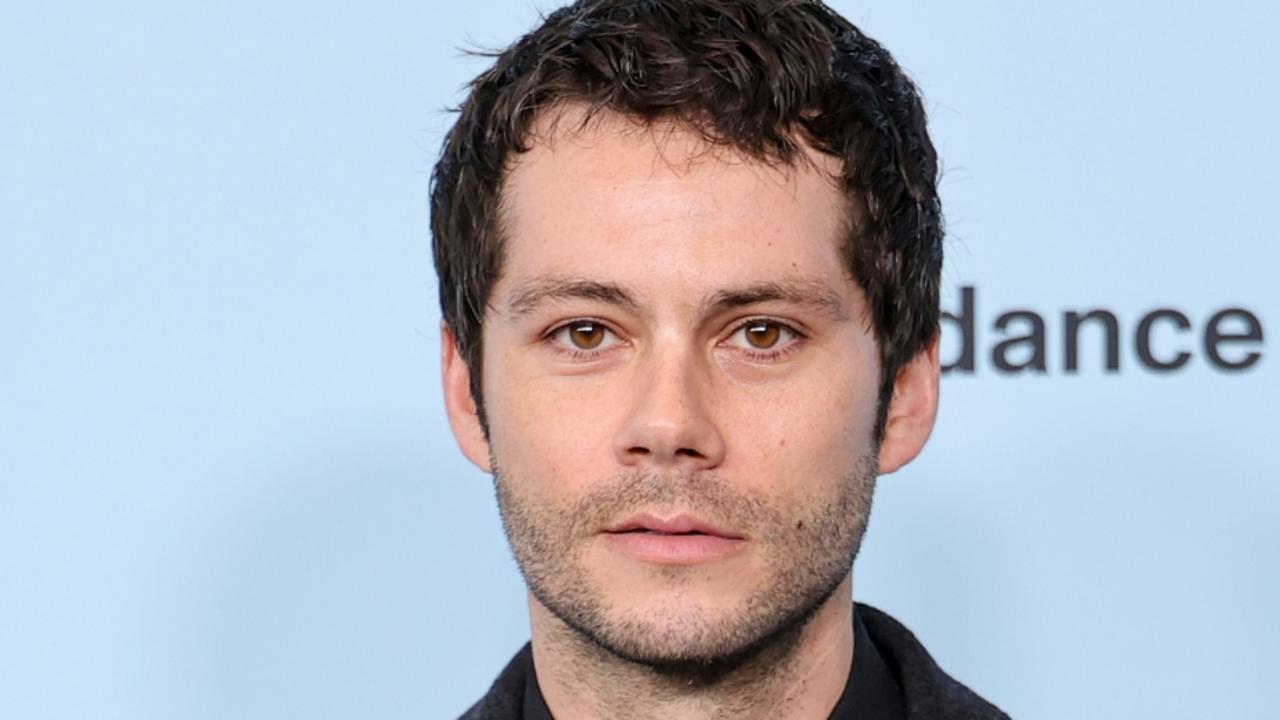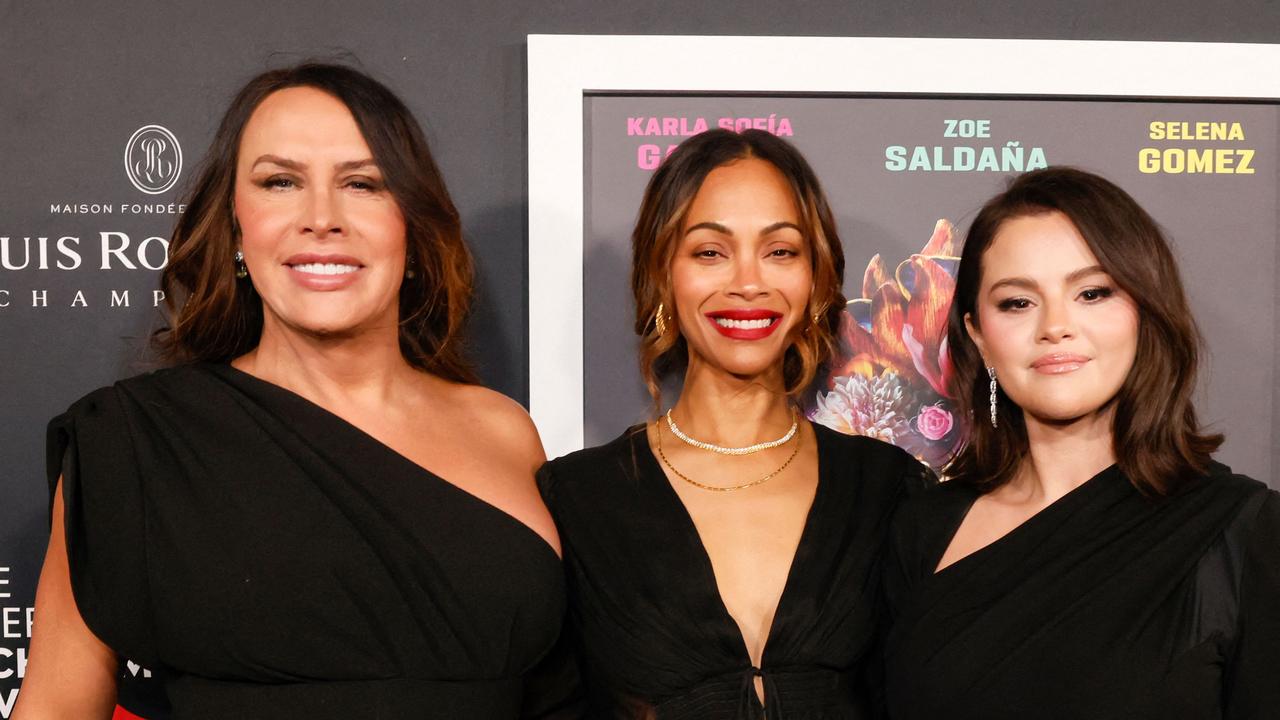Captain Marvel the turning point for female-led superhero films
A cultural researcher says more superhero stories are female-led as studios realise the changing tastes of audiences — and he’s called for a woman to be cast in a major vacant role.

Movies
Don't miss out on the headlines from Movies. Followed categories will be added to My News.
Superhero stories often tap deep into our cultural myths, stories and archetypes and most of these feature the man as the hero and women as mere assistants — if not evil, says Macquarie University senior research associate in cultural studies Doctor Anthony Lambert.
These go back to the earliest Western stories of the Greek gods such as Zeus — whose wife Hera is portrayed as jealous and vindictive and tries to slay heroes such as Hercules. Zeus, even though he fathered Hercules with a human woman and betrayed his wife, is still seen as heroic.
Then there is the hero Odysseus who also battles the evil witch Circe, the hideous woman Medusa, avoids the wicked Sirens and returns home to his wife Penelope, who is very much a minor character.
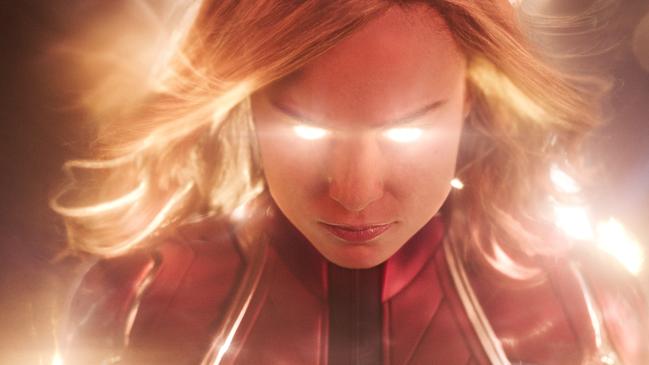
Dr Lambert says these quite naturally led into the archetype of male superheroes and inform our cultural view of heroism and evil — but Wonder Woman was an interesting first step towards female superheroes in that she came along in 1941.
“She also had that mythological history and while it tends to gloss over a whole range of things, it was pushing against the gender norms of the 1940s,” he says.
However, her sexy costume and the fact she doesn’t do anything to change human society — even though she has all these abilities — may have made a woman having that power “more palatable” to a 1940s audience, he says.
“She was powerful and beautiful but not a threat to the status quo.”
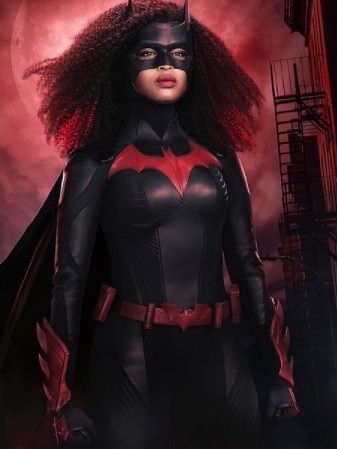
Still, it would be many more decades before the female hero would become accepted. Despite the Wonder Woman TV series, women were still portrayed as assistants to the heroes (Lois Lane to Superman) or the antagonist (Catwoman to Batman).
It is only in the last few years that the female hero has become more accepted, with Batwoman, Supergirl, Stargirl and Watchmen (DC) as well as Wanda Maximoff, Captain Marvel, The Wasp and more in Marvel.
In some ways he sees the Captain Marvel movie as the tipping point in the rise of female heroes.
Captain Marvel was savaged by trolls before it had even come out, to the extent that website Rotten Tomatoes had to remove its “Want To Watch” button from the site because it was being manipulated by trolls.

However, when it hit the cinemas, it made more than $1.1 billion, becoming the first female hero movie to crack that mark and was also one of the top 10 grossing comic book hero movies of all time, beating out several Spider-Man and Batman movies.
However, it has not all been smooth sailing for female heroes. WandaVision, which both critics and the audience judged as better than Falcon And The Winter Soldier, nevertheless had lower viewing figures than the story about male heroes.
“Maybe it was too clever a piece of television and I wonder if younger viewers got the references to the shows from the 1950s and ’60s,” he says.
“Whereas Falcon And Winter Soldier was just a buddy movie.”

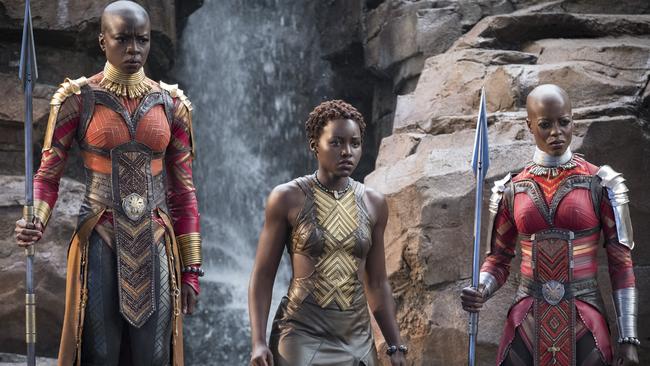
Dr Lambert says he is fascinated with the new show The Nevers, which is set in Victorian England and follows a group of people who suddenly develop superpowers — and almost all of them are women.
One of the key plot points is the establishment is against them because it is frightened of such power in the hands of women.
“I thought it was like Mary Poppins on crack,” he says.
“It features explicit social marginalisation and has relationships to both the MeToo movement and Black Lives Matter as it explores the tectonic shifts in male and female relationships in today’s society.”
Dr Lambert says it is also interesting in how some of the fighting in “highly sexualised” — Amalia True (Laura Donnelly) ends up in her petticoats after trying to stop a kidnapping and then has to fight off a bunch of men in an alley.
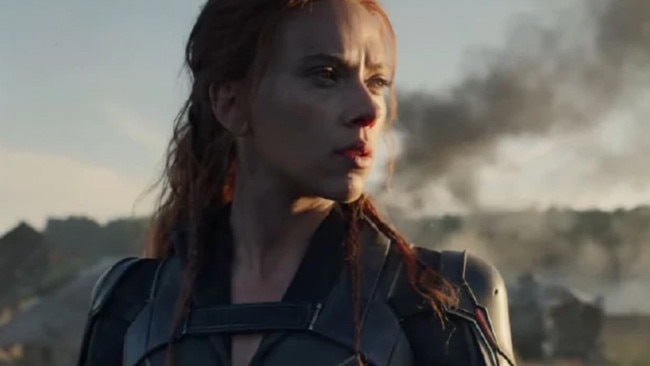
The Nevers also shows women seizing power, not just physical power but in terms of inventions as the character Penance (Ann Skelly) is able to create amazing inventions — at a time in history when it was male inventors who were celebrated.
Now, female heroes are just getting stronger. There is a female Doctor Who (Jodie Whittaker) and the Thor movie being filmed in Sydney now will see Jane Foster (Natalie Portman) take up the mythical hammer and become Lady Thor.
Black Widow (Scarlett Johansson) is also finally getting her own movie, after being effectively a sidekick to the male heroes. It could even be enough to persuade Marvel to resurrect the character. But the key to the evolution of the female hero could be what Marvel decides to do with Black Panther.
The tragic death of Chadwick Boseman has left this franchise without its star. So does it have his sister Shuri (Letitia Wright) take up the claws, as she does in the comics? Or does it give the role to the powerful actors Danai Gurira (Okoye) or Lupita Nyong’o (Nakia)? Or does it feature a male hero instead?
“I think they would be silly not to (cast a woman as Black Panther) … you need to push the limits of what’s acceptable,” Dr Lambert says.
‘MARY POPPINS ON CRACK’
Laura Donnelly and Ann Skelly are friends off screen as well as on — which is lucky as the world depends on their characters Amalia True and Penance Adair.
They are the leads in Binge’s steampunk-superhero mash-up called The Nevers, which sees a group of women given superpowers. As it is set in Victorian England, the authorities don’t exactly welcome a bunch of powerful women.
Amalia has the power to get glimpses of the future — as well as the ability to kick some serious butt — while Penance is able to create amazing inventions, from electric cars to umbrellas that double as weapons.

I put it to them that the series tagline should be “Mary Poppins on crack” and they roar with laughter.
“It absolutely was the one tagline I was given,” Donnelly laughs, before getting serious.
“I was given the line that Victorian women are given powers and have a mission to save the world. When I first read it, I kind of thought I’m not sure if it’s my thing, as I didn’t want to be in a show about sci-fi superheroes. But then it got pitched to me in its entirety, I got all the spoilers and when I found out what this world was, it excited me so much. It’s so human and has so much to say about the world we live in now.”
So would today’s society be as afraid of women with superpowers?
“I think society is afraid of anything it’s not familiar with,” Donnelly says. “Anyone considered to be another is seen as dangerous or inferior.”
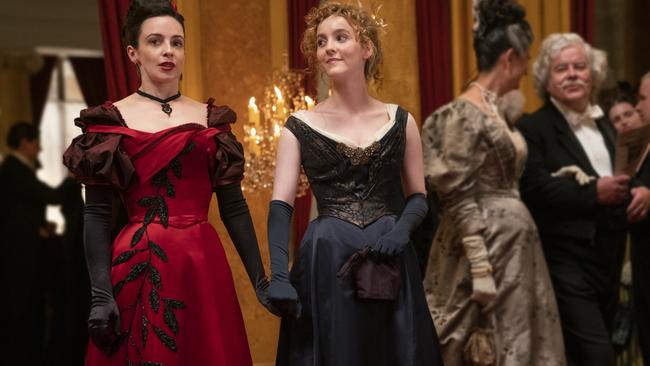
“I’d personally be very afraid of anyone with superpowers,” Skelly says with a laugh, before also getting serious.
“I think there is a huge fear of people who haven’t traditionally had power in the past. I’m excited to be part of a show that can explain that a bit.”
The women — and a few men — in the show are given their powers seemingly at random. So what would they choose as a superpower?
“Laura already has my superpower of a photographic memory,” Skelly says.
“So does that mean you’re afraid of me?” Donnelly interrupts.
“Oh, that’s very apparent,” Skelly laughs.
“My second choice would be to fit inside a washing machine but Laura can do that too … so
I would like to heal people, make a business out of it and profit out of it all!”
“I would love to be able to mute anyone who eats in public,” Donnelly says. “Not hearing people eating crisps on a train would improve my life dramatically!”
As a period piece, the pair find themselves in elaborate Victoria costumes — even during fight scenes. So would it be more fun to have a Lycra costume like a modern superhero?
“Well, I have a lot of fun watching Laura fight in a corset,” Skelly says.
“Oh gosh no,” Donnelly says. “A corset really helps in that it keeps things tight but I don’t like the idea of wearing Lycra for 14 hours. It would make lunch very difficult!”
The first five episodes of The Nevers are on Binge now, with the mid-season finale out today. Filming will begin soon on the second half of season one.
More Coverage
Originally published as Captain Marvel the turning point for female-led superhero films


